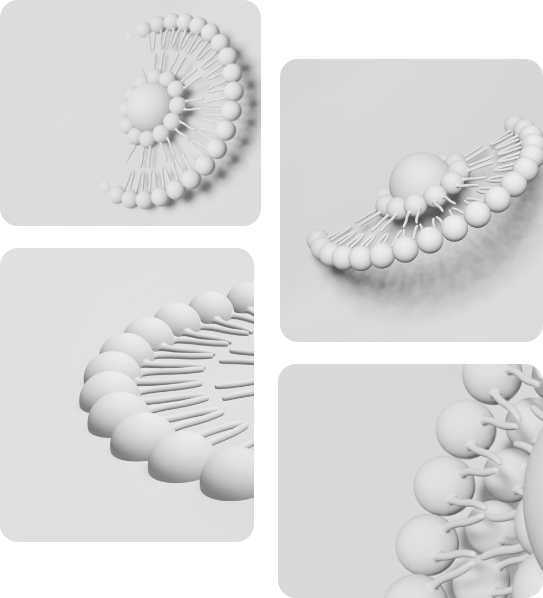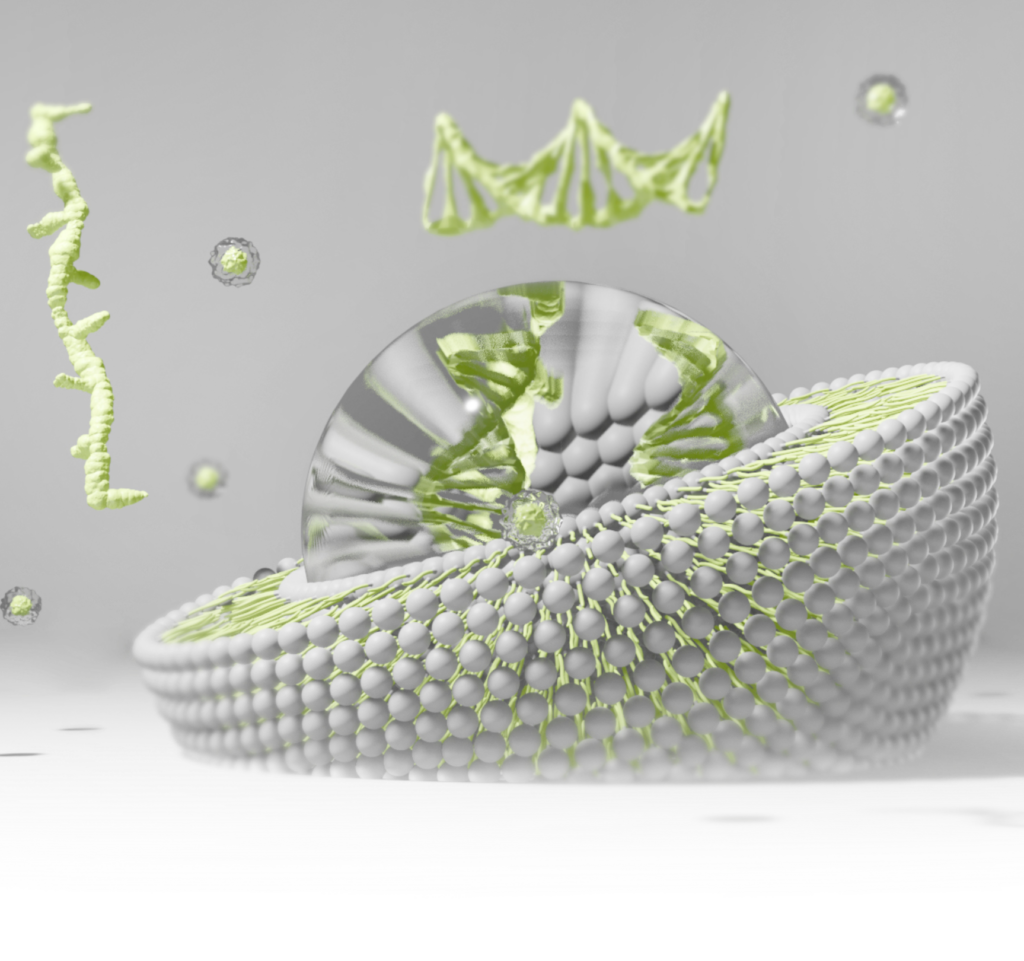Let's collaborate and create quality liposome encapsulated drugs together. Contact Us!

Lipid nanoparticles have emerged as a versatile and effective drug delivery system, offering the potential to overcome the limits of conventional drug administration methods. Since their development, lipid nanoparticles have been used to enhance the bioavailability of drugs, reduce side effects, and improve therapeutic outcomes.
The history of lipid nanoparticles for drug delivery systems can be traced back to the 1960s when British researcher Alec Bangham discovered liposomes. These spherical vesicles, composed of phospholipid bilayers, were initially developed as models for biological membranes. However, their potential for encapsulating and delivering hydrophilic and hydrophobic drugs soon became apparent. In the following decades, liposomes emerged as a promising drug delivery platform, with the first FDA-approved liposomal drug, Doxil, being introduced in 1995 for the treatment of AIDS-related Kaposi’s sarcoma.
Building on the success of liposomes, researchers sought to develop more stable and controlled-release drug delivery systems.

Lipid nanoparticles (LNPs) represent a groundbreaking advancement in drug delivery systems, primed to reshape the field of nucleic acid therapies. Although these therapies have demonstrated significant potential in addressing a wide array of diseases, their clinical implementation has faced challenges, such as poor bioavailability, rapid degradation, immune responses, and inefficient cellular uptake.
LNPs offer a solution to these challenges by encapsulating nucleic acids in a protective environment, enhancing their stability and circulation time, and enabling targeted cellular delivery. The evolution of LNPs for nucleic acid delivery has progressed through several stages, starting with early liposome-based systems and advancing to sophisticated ionizable cationic lipid formulations.
Ionizable cationic lipids have played a crucial role in enhancing the entrapment efficiency of LNPs, allowing for effective encapsulation and protection of nucleic acids while maintaining a near-neutral surface charge in circulation. This feature decreases rapid clearance and interactions with serum proteins, prolonging circulation half-life and improving bioavailability. Furthermore, LNPs can be tailored to target specific cells or tissues, reducing off-target effects and minimizing systemic toxicity.
Research into lipid-based delivery systems began with the first in vitro demonstration of lipid-based transfection by Felgner et al. The introduction of ionizable cationic lipids and the optimization of loading strategies have enabled the efficient and scalable encapsulation of nucleic acids, addressing the challenges faced in their therapeutic application.
LNPs have demonstrated significant promise in preclinical and clinical trials, delivering nucleic acid therapies to target cells with enhanced efficiency and reduced toxicity. One notable example is Patisiran, the first FDA-approved LNP-based RNAi therapy, which uses LNPs to deliver siRNA for the treatment of hereditary transthyretin-mediated amyloidosis. This success highlights the potential of LNPs in nucleic acid therapy and lays the groundwork for further development and application across a diverse range of diseases.
In summary, LNPs provide a promising drug delivery system for nucleic acid therapies, overcoming several major barriers and amplifying the therapeutic potential of these treatments. Ongoing research and development in this field are anticipated to yield more effective and targeted nucleic acid-based therapies, revolutionizing the treatment of various diseases.

The swift development and distribution of mRNA vaccines, such as Pfizer/BioNTech and Moderna COVID-19 vaccines, have played a pivotal role in combating the SARS-CoV-2 pandemic. Utilizing lipid nanoparticle (LNP) technology has ensured efficient delivery and protection of mRNA from degradation. Despite its success, researchers continue to explore novel methods to further enhance the stability and efficacy of mRNA in LNP delivery systems.
LNP-formulated mRNA vaccines comprise of various lipid components, including ionizable cationic lipids, which are crucial for effective mRNA delivery. To improve the stability and activity of mRNA vaccines, researchers are investigating the optimization of lipid compositions in LNPs. By fine-tuning the ratios of these lipid components, it is possible to minimize the formation of lipid-mRNA adducts, thus ensuring the mRNA remains translatable and maintains protein expression.
In addition to optimizing lipid compositions, advanced formulation techniques are being explored to enhance the stability and efficacy of LNP-encapsulated mRNA. One such approach is the use of lipidoids, which are synthetic lipid-like molecules that can improve the encapsulation and release of mRNA. Lipidoids can potentially address some limitations of conventional lipid components, offering increased stability and more efficient delivery to target cells.
The implementation of comprehensive analytical tools, such as mass spectrometry and cryogenic electron microscopy, provides crucial insights into the structure, stability, and behavior of LNPs. These tools aid in detecting impurities and understanding their impact on mRNA stability, ensuring the quality and safety of nucleic acid-based products. Strict quality control during manufacturing is also essential to limit impurities and guarantee the high quality of mRNA vaccines.
As mRNA vaccines continue to gain prominence, there is a growing need to refine manufacturing processes and analytical methods, in order to ensure their stability and effectiveness. By optimizing lipid compositions, exploring advanced formulation techniques, and employing comprehensive analytical tools, scientists and manufacturers can enhance the safety and efficacy of mRNA vaccines. This progress will ultimately contribute to the development of more efficient and stable nucleic acid-based medicines that can tackle a broad spectrum of diseases and medical conditions.